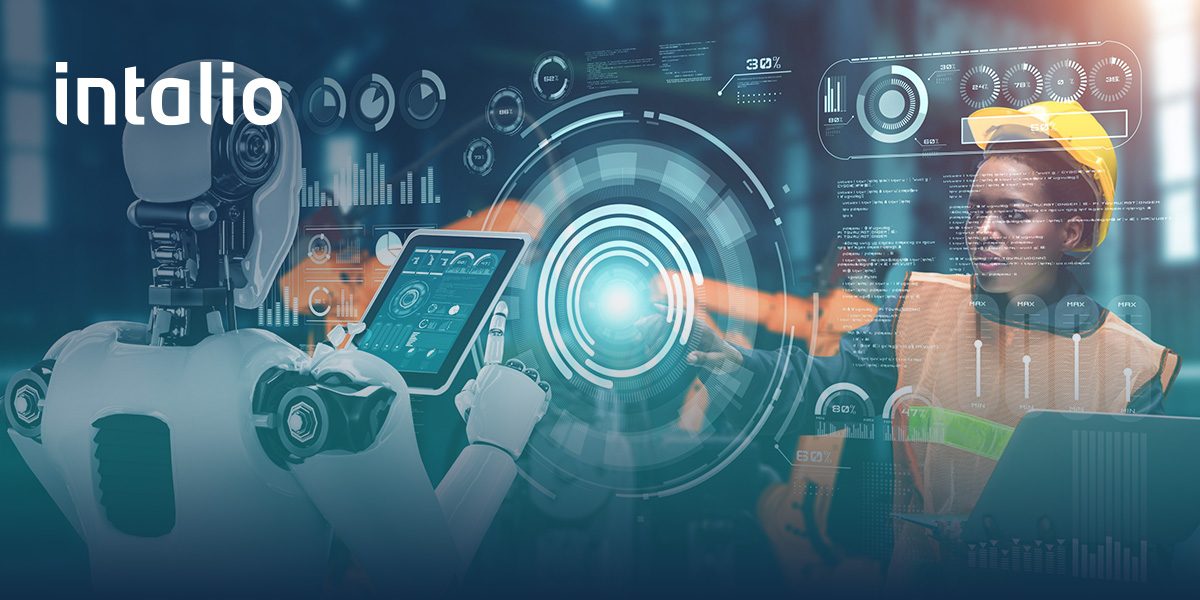The integration of machine learning (ML) into traditional control systems is changing how organizations manage real-time processes. From robotics and aerospace to manufacturing and smart grids, combining control theory with machine learning creates systems that are both responsive and able to scale and adapt with the changing dynamics of modern organizations. This makes these systems capable of learning from data and allows them to perform well in unpredictable conditions without human intervention.
What Is a Machine Learning Control System?
A control system is designed to regulate the behavior of machines or processes. Earlier, this would be limited to creating rules and equations that can be used to achieve results. However, as organizations and the data they use continue to become more dynamic, these rigid rules are no longer enough.
When enhanced with machine learning, these systems become capable of interpreting data streams, identifying trends, and adjusting system behavior in real-time. This means that instead of relying solely on predetermined control logic, the system learns from ongoing operations and updates itself based on performance data and feedback loops.
Take the example of a self-driving vehicle. A traditional control system might guide braking or turning based on hard-coded thresholds. However, a self-driving car with a machine learning control system will study its surroundings and include more factors like road texture, driving behavior, and environmental inputs into its parameters.
How Machine Learning Enhances Performance
Machine learning helps make systems more predictive and allows them to make amends before issues even arise. This is particularly important in production systems where efficiency and uptime are critical.
Imagine an industrial robot that doesn’t just follow a fixed sequence, but learns the optimal path to complete a task faster or more efficiently. By embedding learning system models in control logic, organizations also gain access to real-time data visualization and decision-making via integrated dashboards. These dashboards not only monitor variables but also offer insight into trends, risks, and bottlenecks. That’s why dashboard machine learning tools have become central to modern intelligence systems.
Key Use Cases of Machine Learning Across Industries
The convergence of control systems and machine learning is already being applied in several critical areas:
Manufacturing: Smart factories use machine learning to fine-tune robotic arms or CNC machines. ML models learn from every movement, reducing scrap and increasing precision.
Healthcare: In infusion pumps and other precision devices, ML-enabled control systems can adapt dosage levels in real-time based on patient response, reducing human error and improving outcomes.
Aviation and Aerospace: Flight control systems are becoming smarter through adaptive algorithms. These systems evaluate weather, flight data, and even pilot behavior to adjust flight paths more safely and efficiently.
Energy Sector: AI intelligent systems in power distribution now manage supply and demand fluctuations by predicting usage patterns and adapting controls accordingly.
These examples highlight the growing relevance of systems for machine learning across sectors where accuracy, reliability, and autonomy are non-negotiable.
Challenges in Implementing Machine Learning Control Systems
Despite their promise, combining control systems and machine learning isn’t without hurdles. One of the biggest issues with AI intelligent systems is that they need to be able to make decisions based on real-time performance. Control systems typically require millisecond-level decision-making, and not all AI and ML models are lightweight enough to meet those constraints.
There’s also the issue of interpretability. While the traditional way of managing control systems is well understood and predictable, machine learning models, especially deep learning, are often a lot more complex and confusing. This raises concerns in safety-critical applications like medical devices or aviation.
Finally, data quality and model training are paramount. A learning system model in machine learning is only as good as the data it’s fed. In environments with noisy or sparse data, building a reliable ML-based control system can be incredibly difficult.
To address these concerns, hybrid approaches are being explored. These systems use rule-based logic for critical decisions and let ML handle optimization or non-essential controls. This layered method allows for safer adoption without compromising innovation.
Why the Future Holds Smarter, More Autonomous Control Architectures
As AI continues to mature, we’re already seeing control systems evolve from rigid structures into intelligent ecosystems. The future points toward low-code platforms where engineers can design control flows while integrating ML components without complex coding.
We’re also seeing growth in edge computing, which allows machine learning control system logic to run closer to the source — whether that’s a robot arm or a drone. This minimizes latency, reduces bandwidth usage, and supports faster feedback loops.
AI ML systems will increasingly support not just process automation, but decision automation. Systems won’t just act based on predefined outcomes but will choose the outcome instead. The blend of control logic, real-time learning, and predictive modeling will drive this shift.
With scalable business data analytics tools, companies can continuously refine these systems over time. By learning from millions of control instances, they’ll build smarter, more resilient operations capable of weathering volatility without slowing down.
Control systems are no longer the rigid, rule-based engines of the past. With machine learning at the helm, they’re becoming dynamic, adaptive, and deeply insightful. From manufacturing to medicine, the fusion of control and learning models is unlocking real-time optimization at scale.
Ready to experience the power of machine learning control systems? Request a demo with Intalio today to find out how we’re revolutionizing businesses with data-driven insights.










